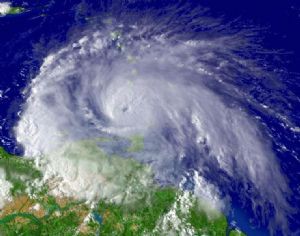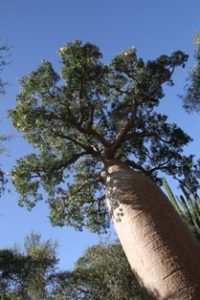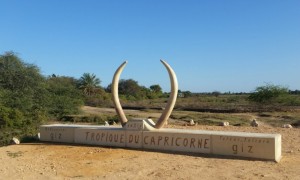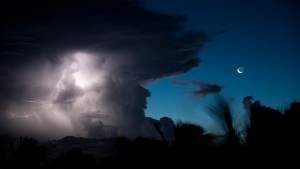Content adapted for SEO:
Generalizations like these are not appropriate and can be misleading. Madagascar is a country divided into several different regions, each with its own unique microclimate. Temperatures and weather conditions vary significantly between the north, south, east, west, and central regions of the country, so it is important to consider the climate conditions for your vacation in Madagascar. If you are planning a trip to Madagascar, we recommend checking out our background information, where we provide all the relevant information on weather, climate, and the best time to travel in the
We want to inform you about the climate conditions in Madagascar to ensure that your vacation on the island is one of the most beautiful experiences of your life. We hope that you will consider visiting the island again in the future. To make this happen, we are always available to assist you. We have put together various travel packages for you, such as different tours in the hot south or a trip to the northern east coast. Our packages take into account the climate conditions on the island. Explore more about our tours in the hot south and trip to the northern east coast.
The rainy season is our summer
Just because Madagascar experiences the rainy season between November and March, it doesn’t mean that the weather is necessarily bad during this time. On the contrary, because. In this period, Madagascar experiences a summer with pleasant temperatures. Especially in the central highlands, the pleasant climate can now be felt, and after one of the almost daily thunderstorms, the air feels purified and relaxation becomes easily achievable. The partly very changeable weather changes are caused by the trade winds, which bring rain all year round to the east coast of Madagascar. In the area around Antsiranana in the north of the country, there are also various dry zones that are covered with the corresponding vegetation. Travelers usually expect such dry areas only in the south of Madagascar, where it can be dry for months at a time. It doesn’t rain in the northern dry areas of Madagascar. The Tsaratanana Mountains, rising about 3,000 meters high, block the rain. In the south of the country, heat and drought dominate. The heat and dry periods in Madagascar pose a difficult challenge for the country’s nature and population. Huge sisal plantations and deforestation are also sources of danger. Risk factors are added, as the already sparsely vegetated landscapes are under even greater pressure due to the destruction of the original vegetation. The water balance is severely disturbed and what originally grew on the soils no longer thrives today. This generates another danger: the native population of Madagascar, who originally cultivated their fields in the south of the island, is now forced to migrate further north. This results in the northern parts of the island, where unique wet forests
are still found, being increasingly threatened by slash-and-burn practices and more.

The Madagascar climate poses a constant threat of cyclones
Cyclones have always been among the terrible weather phenomena in Madagascar and affect the coastal regions in the east of the country with their severe consequences. Cyclones are also called typhoons in other places and correspond to a tropical cyclone that originates over the Indian Ocean. When large amounts of water evaporate there, it leads to rising air masses, which in turn… of cyclones in Madagascar particularly high. It is important to be aware of this natural phenomenon when planning your trip to the island. Cyclones in Madagascar are known to bring strong winds of over 200 kilometers per hour, huge storm surges, and torrential rains. While the central highlands are usually protected from the worst effects of cyclones, the coastal regions are more vulnerable. Cyclones typically occur between December and March, so be sure to take this into consideration when scheduling your travels to Madagascar. The impact of such a tropical storm is greatest. However, there are now quite accurate prediction mechanisms that can prevent the worst. We are well versed in the various mechanisms and check the forecasts daily during the risky months to provide you with a safe and relaxing holiday in Madagascar
This is especially important to us. Weather conditions can have a significant impact on the tours we plan. For example, when booking a trip to the Tsingy of Bemaraha and Andasibe with us, we need to carefully plan the timing based on the climate in Madagascar. The Tsingy of Bemaraha are not accessible by car all year round due to rain, landslides, and other weather-related causes that can make roads impassable. Therefore, it is crucial for the quality of your vacation that you rely on an experienced partner from the planning stage. Trust. We live in Madagascar and are well acquainted with the local weather conditions. In your interest, we take no risks when planning a trip through Madagascar and always have alternative routes and plans in place. If you would like to learn more about this topic or have already chosen a specific tour or route from our program, please do not hesitate to contact us directly.











